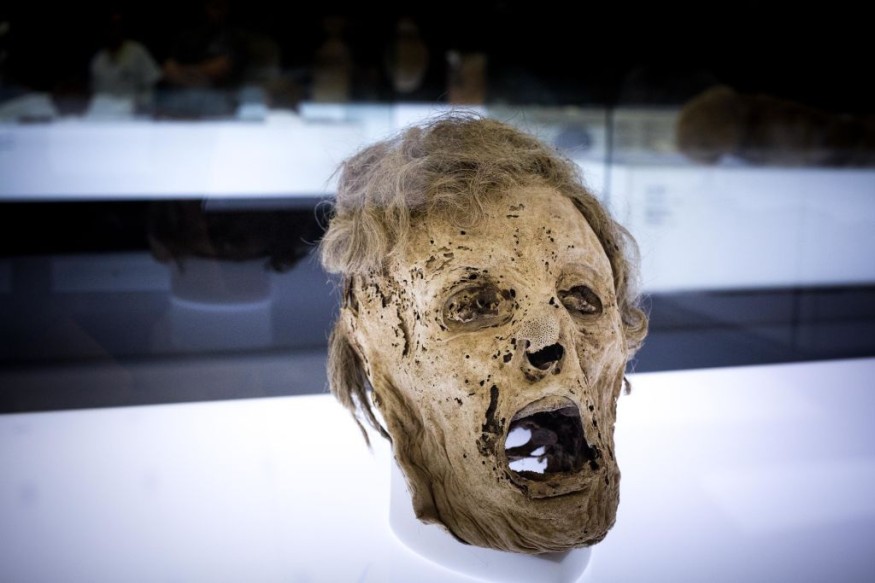
A CT scan revealed that the severed skull of an antique Egyptian corpse discovered in a basement in Kent, England, corresponding to a lady who existed at least 2,000 years back.
According to Canterbury Christ Church University, the skull was from Egypt; a keepsake in the 19th century. The skull was given to the Canterbury Museums and Galleries exhibition in a display cabinet.
Ancient Egyptian Mummy Found in England
Preliminary X-rays at Canterbury Christ Church University revealed that the skull matched to an elderly female, therefore a highly comprehensive CT scan was scheduled to discover as much, as per Science Alert.
James Elliott, Professor in Diagnostic Radiography at Canterbury Christ Church University and Associate Healthcare professional at Maidstone and Tunbridge Wells NHS Trust, supervised the examination.
The study was co-led by Maidstone and Tunbridge Wells NHS Trust's Supervisor Radiologic technologist Tristan Barnden as well as Medical Analyst Joanna Sillars.
According to early findings from the Computed tomography, which was performed at Maidstone Health center, the female's molars had been worn down by a poor dietary, although her tongue was well maintained.
Countless concerns concerning the person will be answered thanks to three-dimensional scanning. According to initial report, the cranium was therefore gone, the teeth have been severely depleted by a harsh meal, and the tongue has been preserved exceptionally well, the Business Insider recently report.
There seems to be piping of illicit sample inside the left nostril and the vertebral column, which is significant. It is uncertain if this is of old or contemporary provenance. Moreover, as shown in the findings, the brain looked to have been extracted during fossilization. The sources of the skull, which was given to the Canterbury Museums and Galleries exhibition in a glass display, remain unknown.
Also read : Unusual Orange Lobster Saved from Becoming Dinner, Experts Say It Was 'One in 30 million Find
Decapitated Head of Prehistoric Woman
Forensic radiography professor at Canterbury Christ Church University and specialist radiographer at Maidstone and Tunbridge Wells NHS Trust, James Elliot claimed that the skull was discovered in the attic of a property in Kent that was being completely resolved after the host's passing.
Likewise, experts from different organizations both private and alike asserts that assets such as this were carried back from Egypt as keepsakes during the Victorian period and may probably have been handed down over time to the individual who had it.
Whereas, Craig Bowen, exhibits and education supervisor at Canterbury Museums, told Kent Online, that the skull was discovered by a guy who acquired it from his brother. The brother obtained it from a 'Dr Coates' somewhere in the early/mid twentieth century, but we have no further information.
In his interview Elliott, the scan's leader explained that the scan gives a substantial deal of data - anything from periodontal state, diseases, retention technique, as well as supporting assessments of maturity level and sexuality.
Elliott stated that the researchers intended to utilize scanned information to create a three-dimensional duplicate of the skull as well as potential face repair. He stated that advances in CT technology enabled scholars to understand further about old Egyptian practices.
© 2025 NatureWorldNews.com All rights reserved. Do not reproduce without permission.





